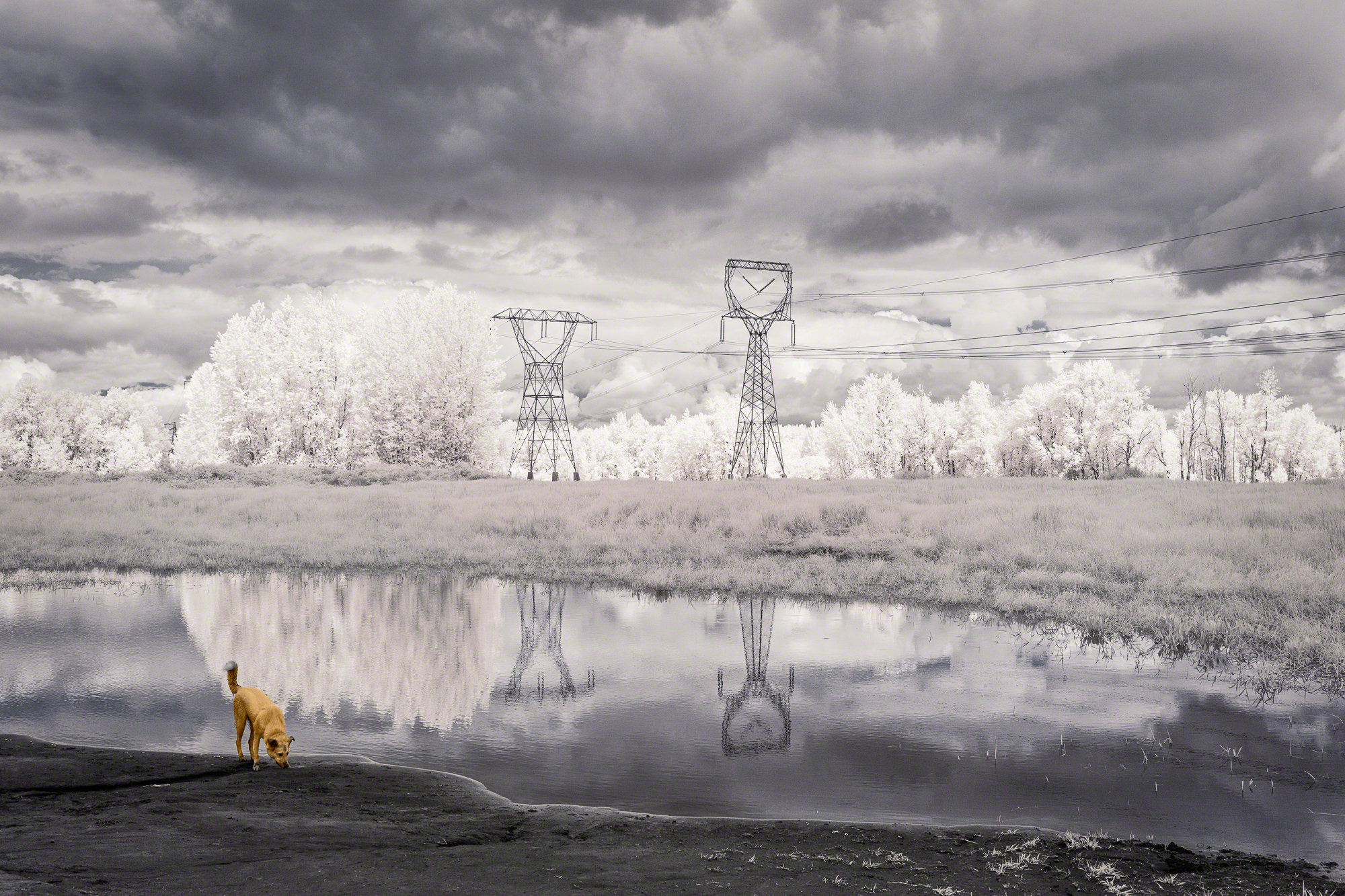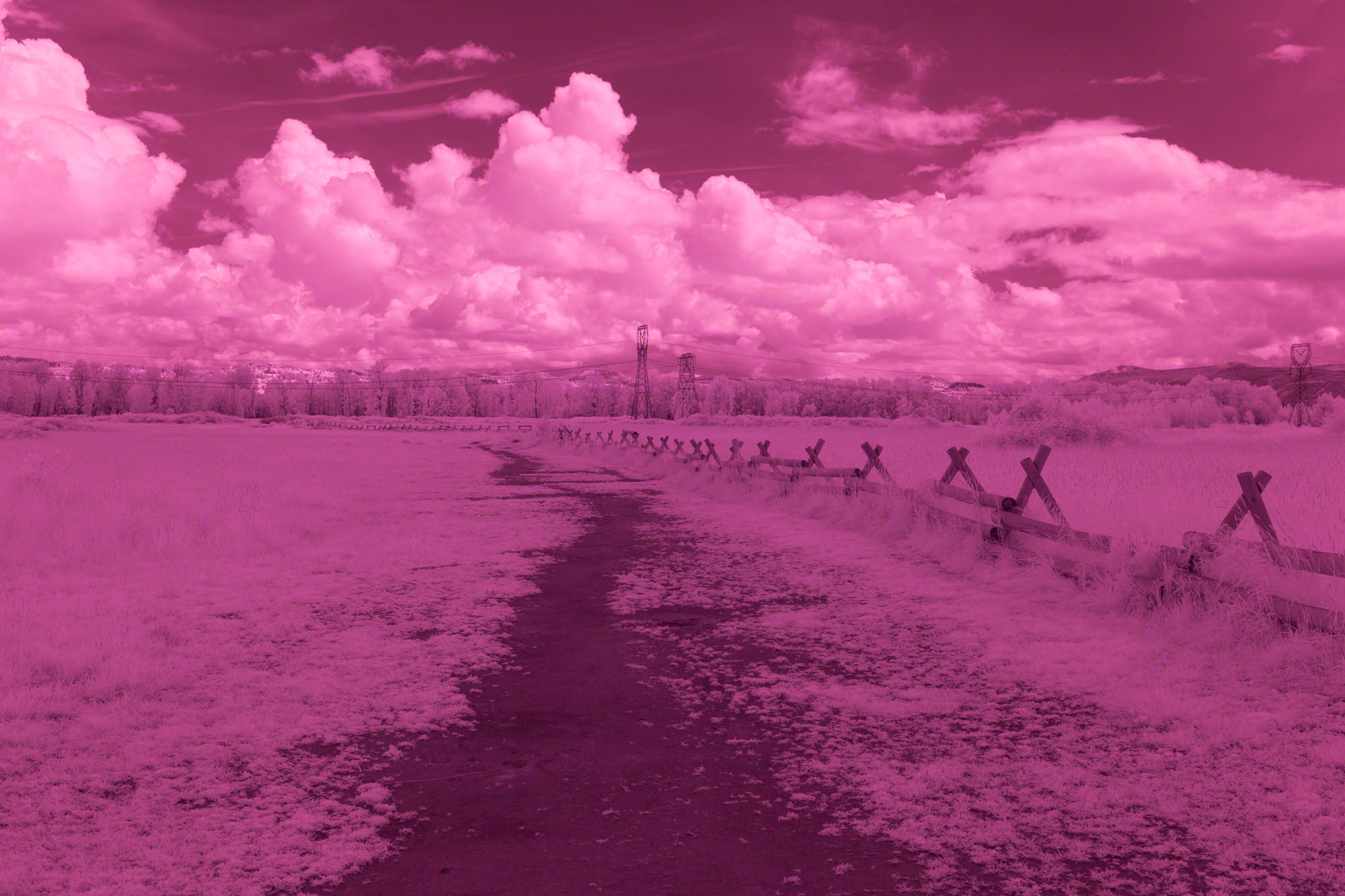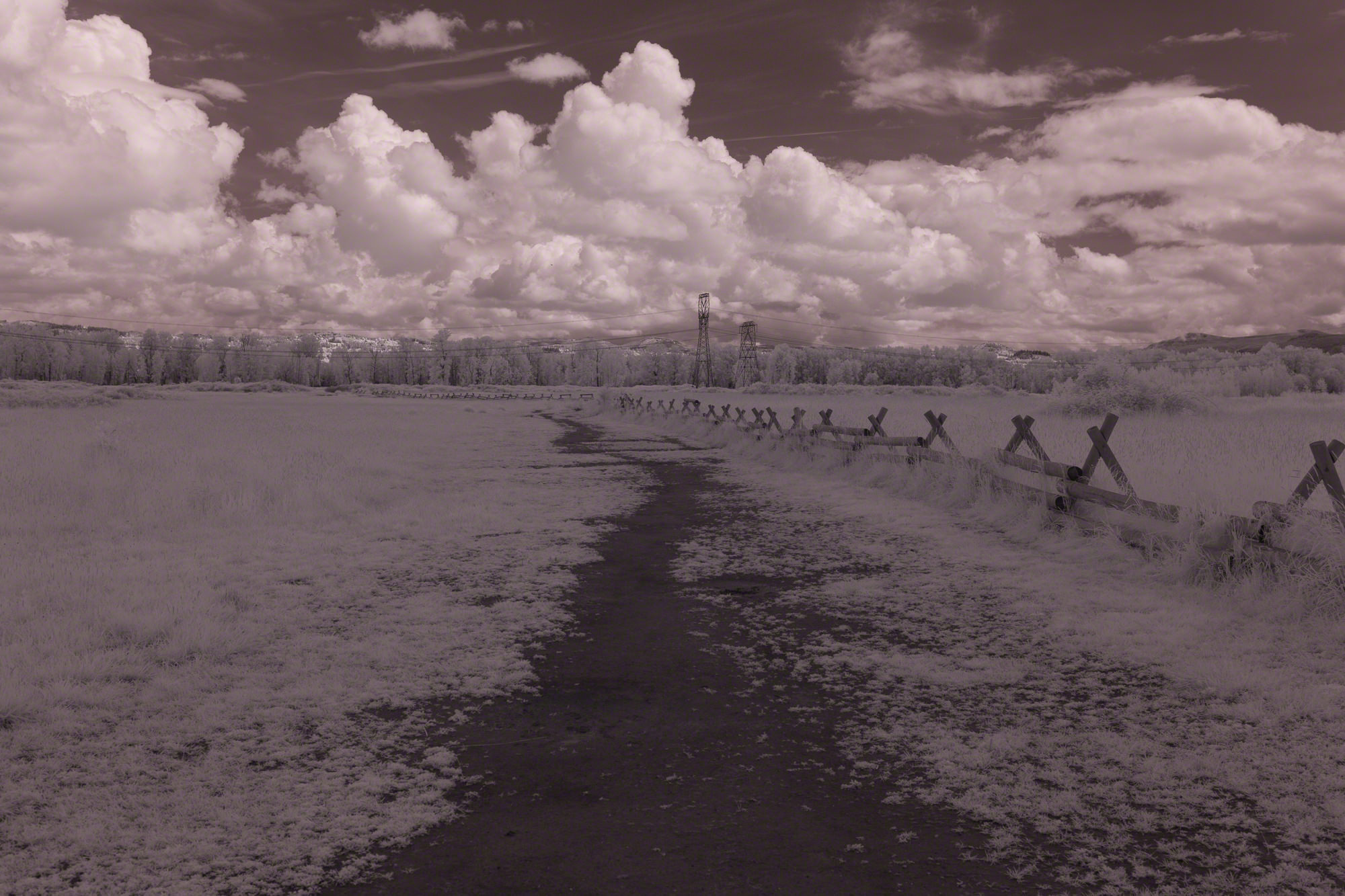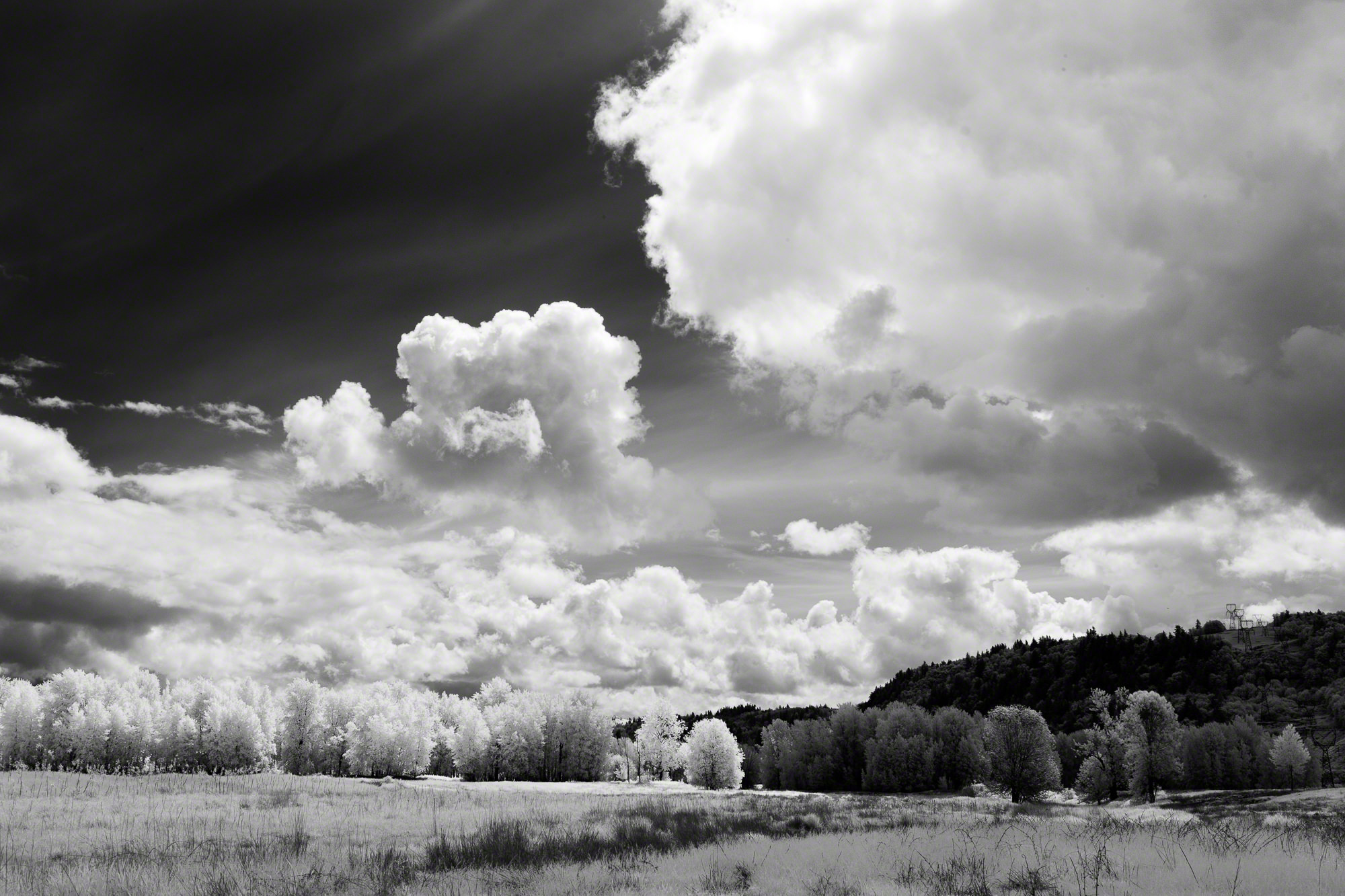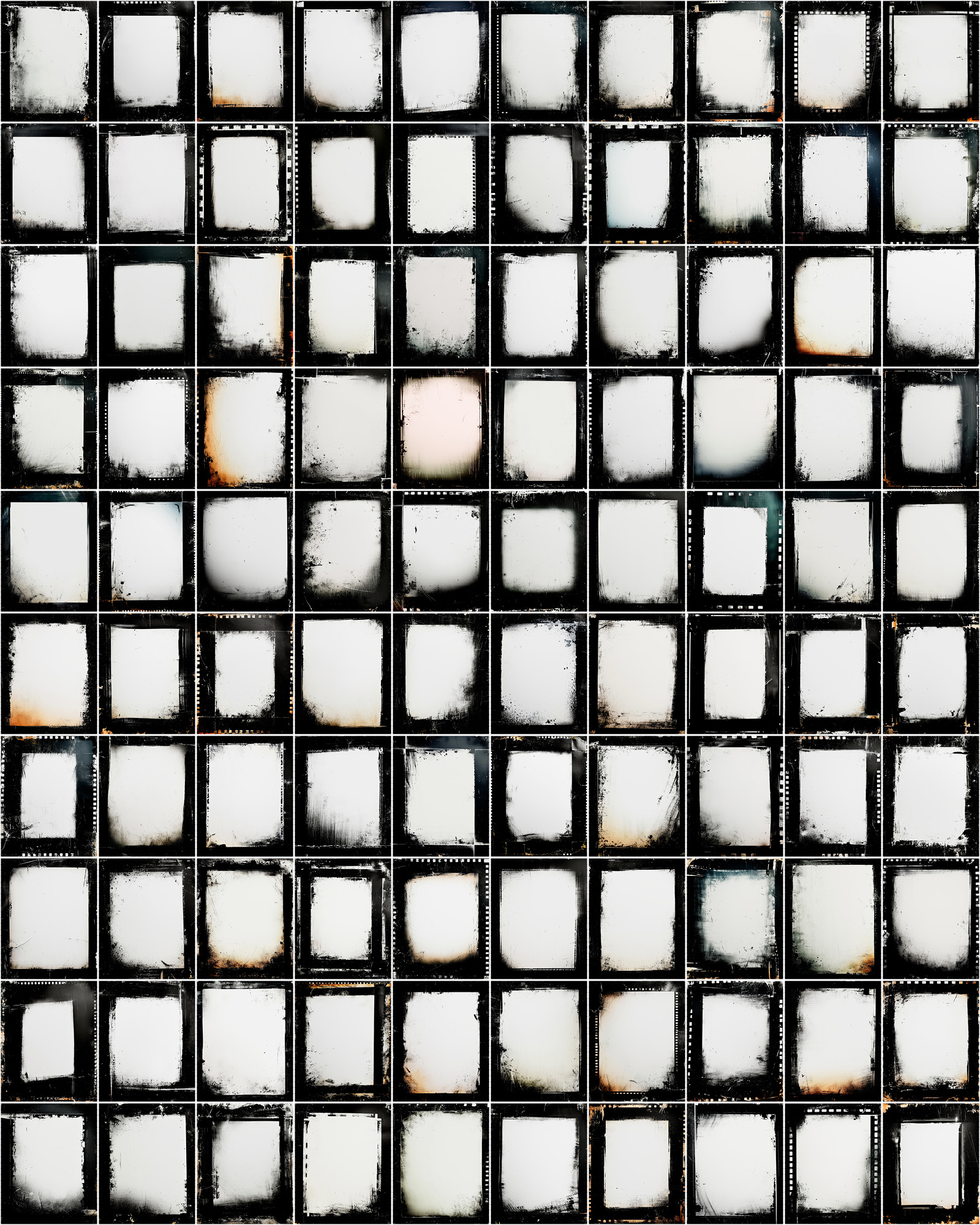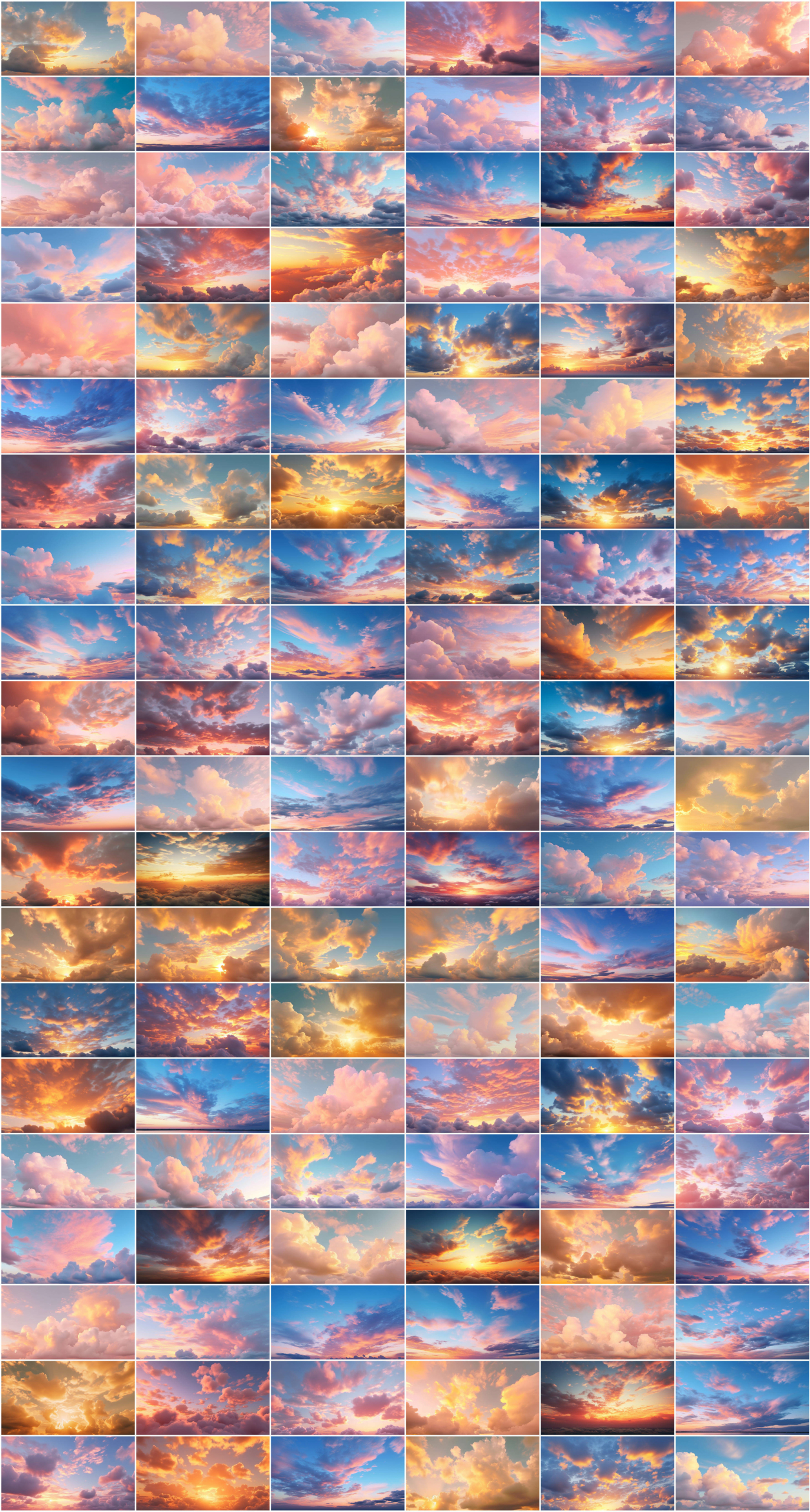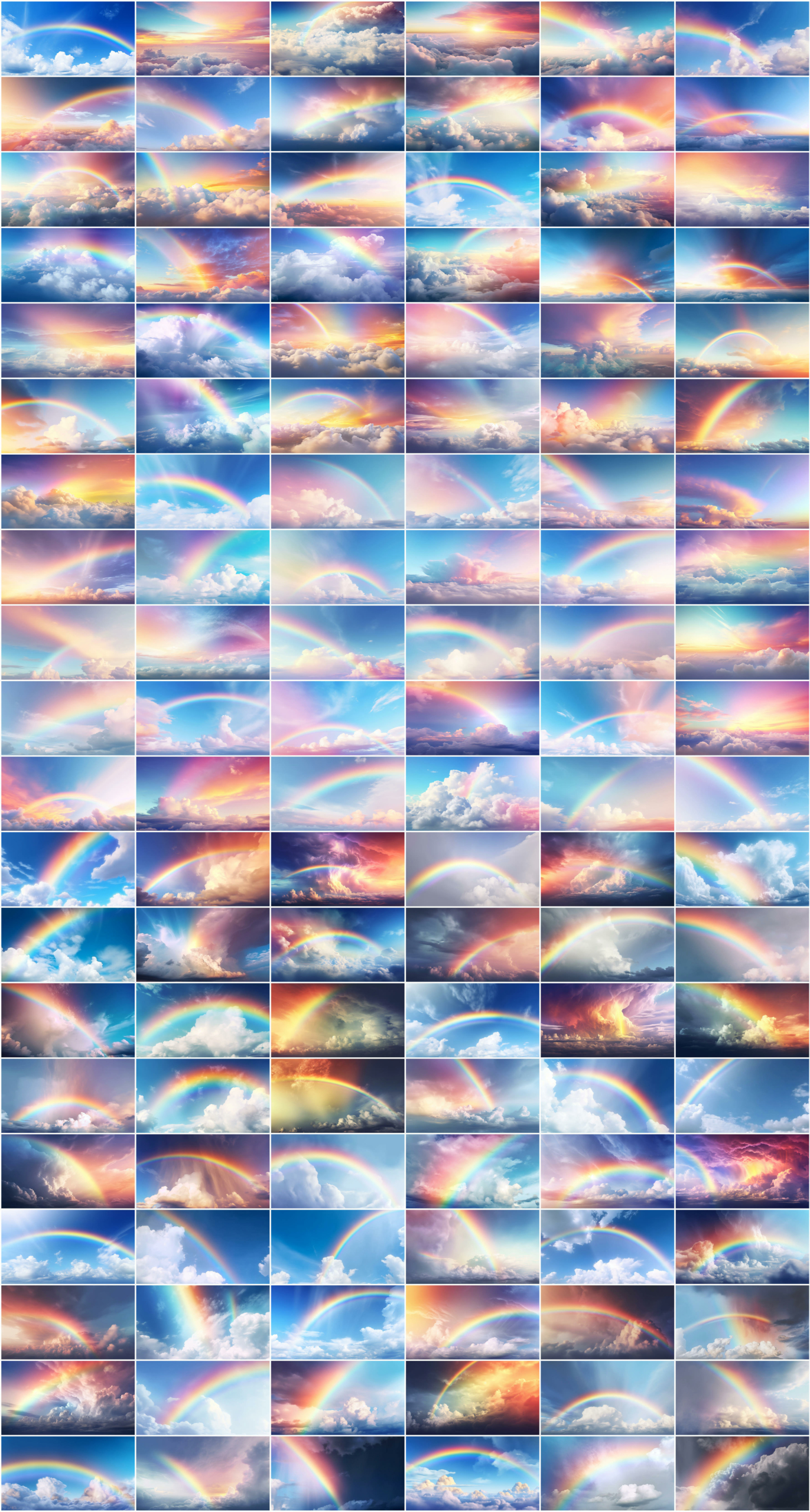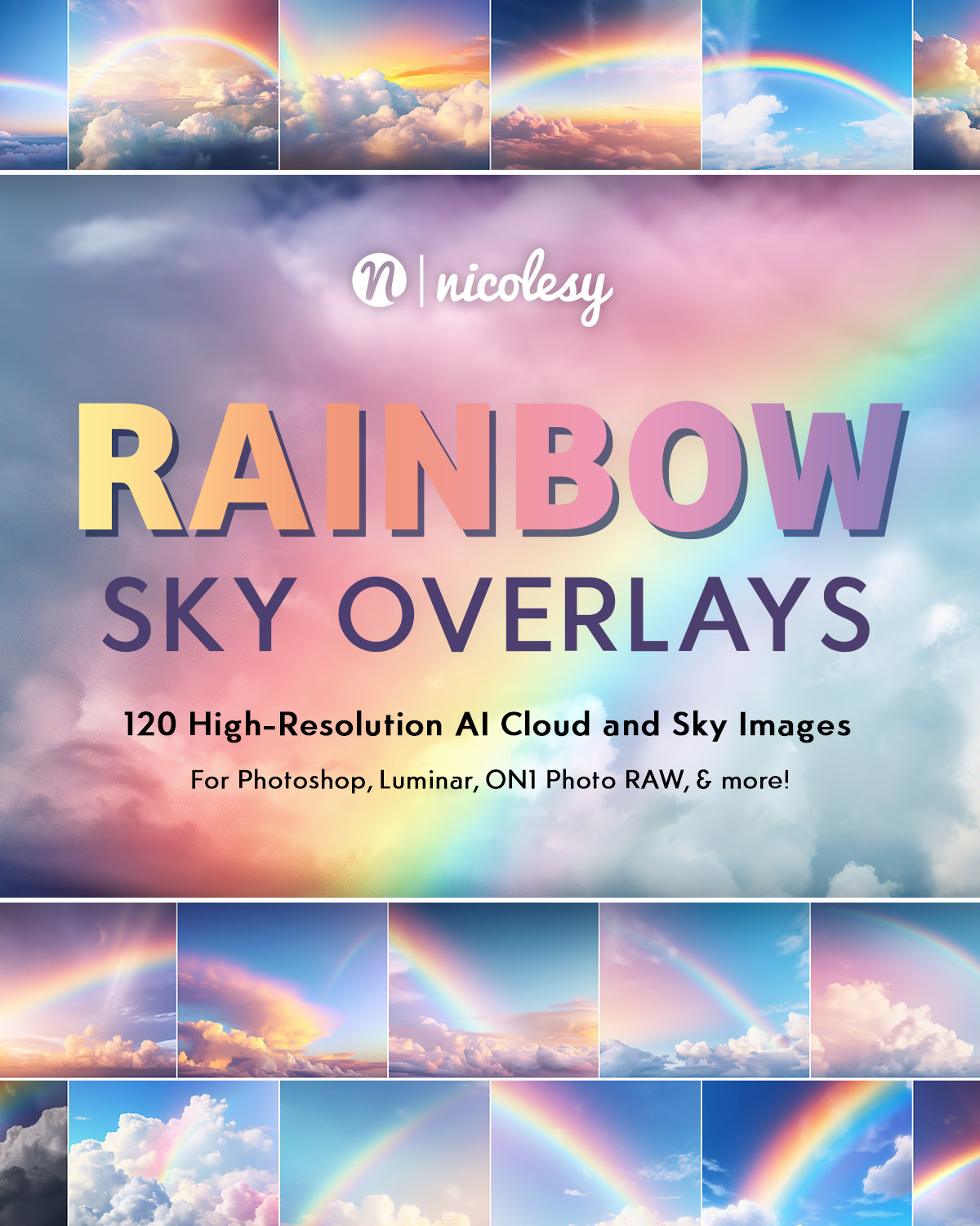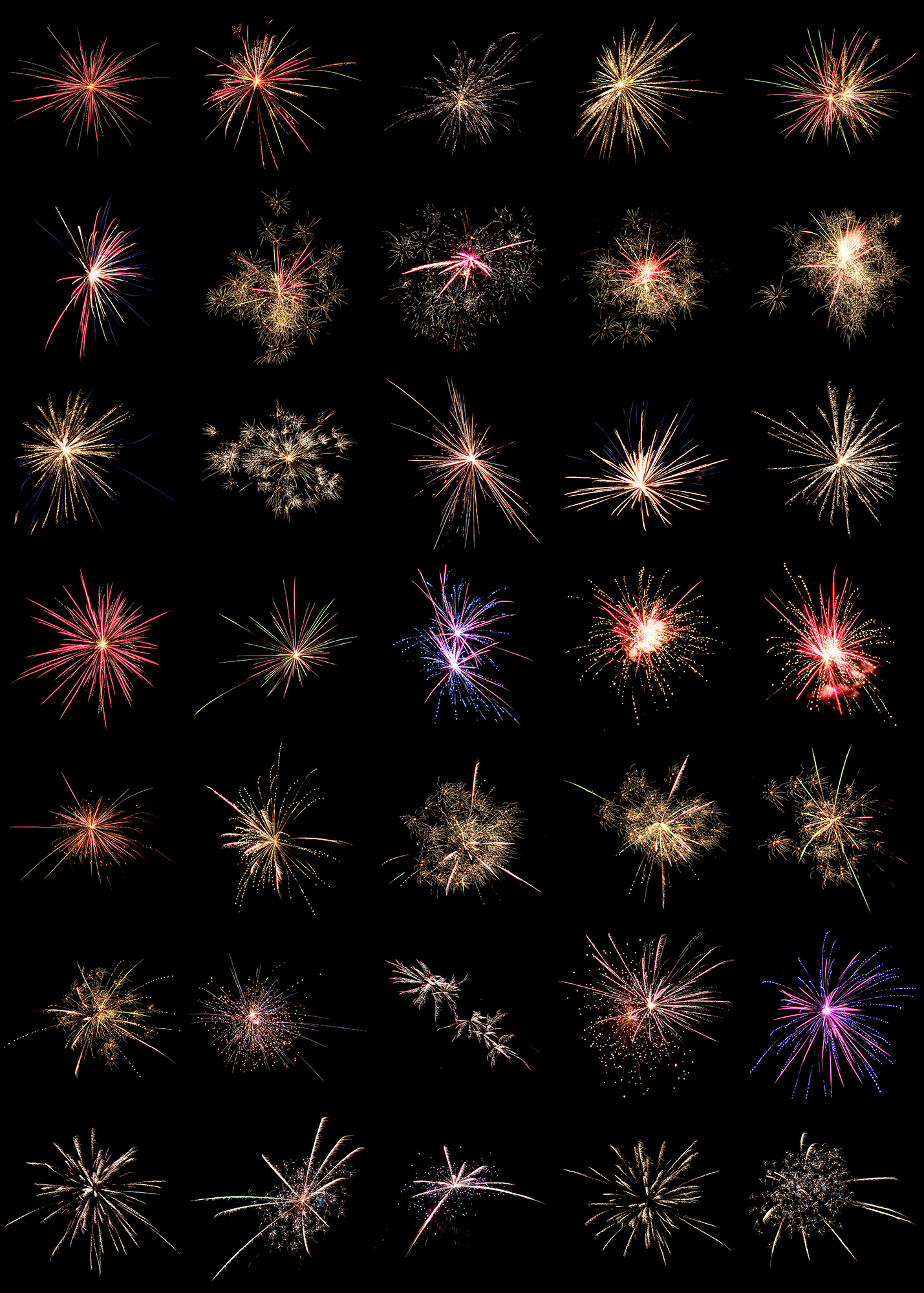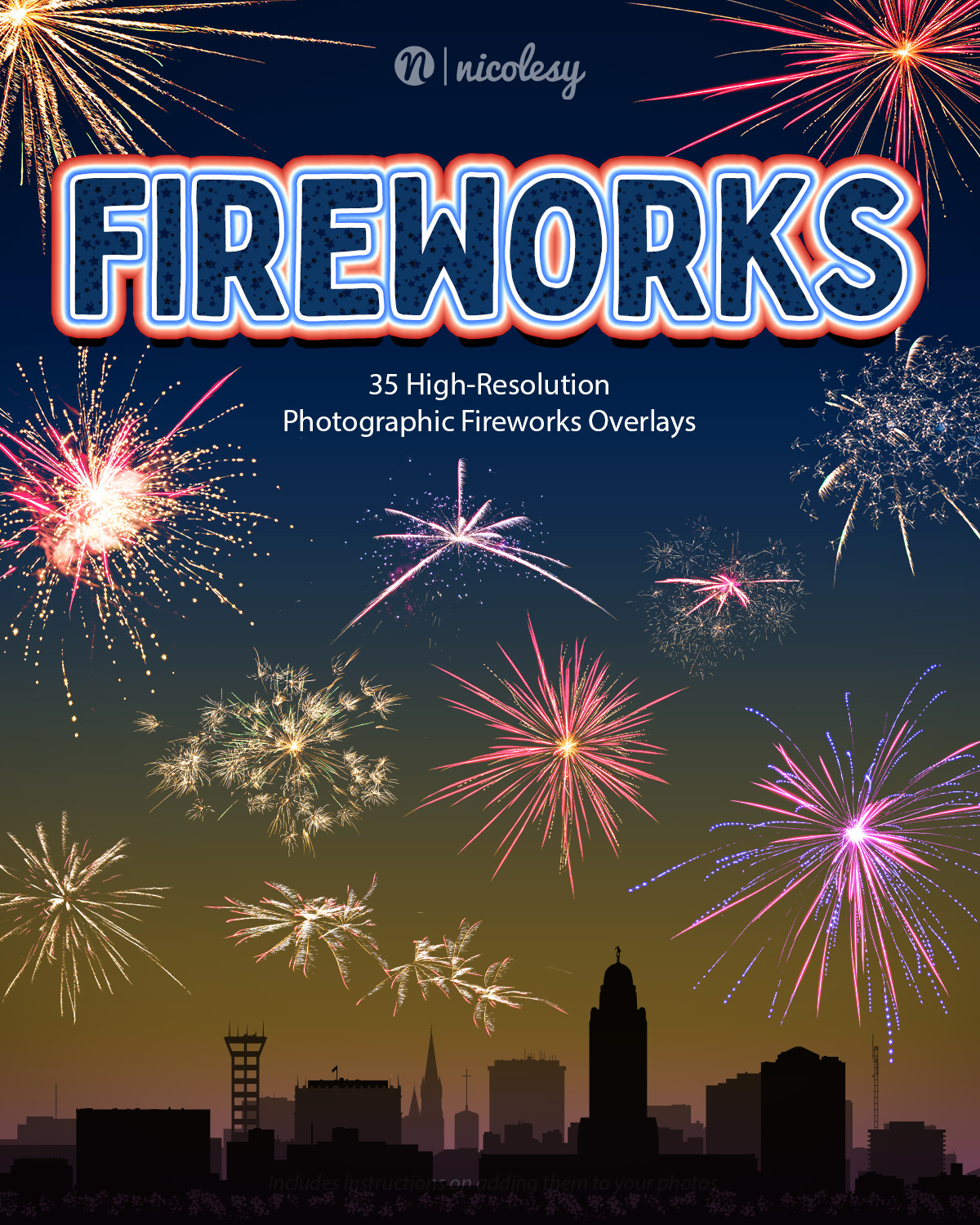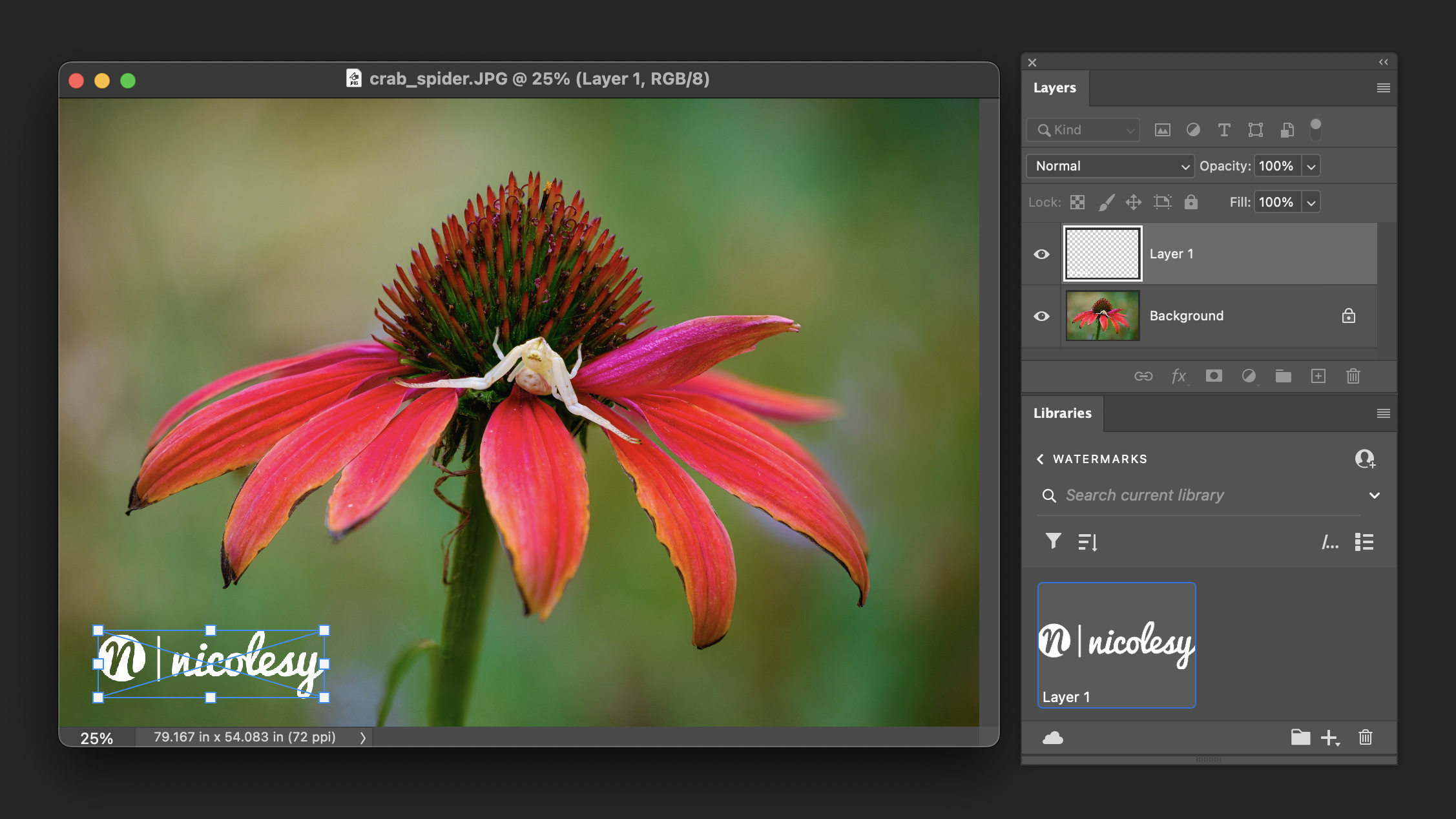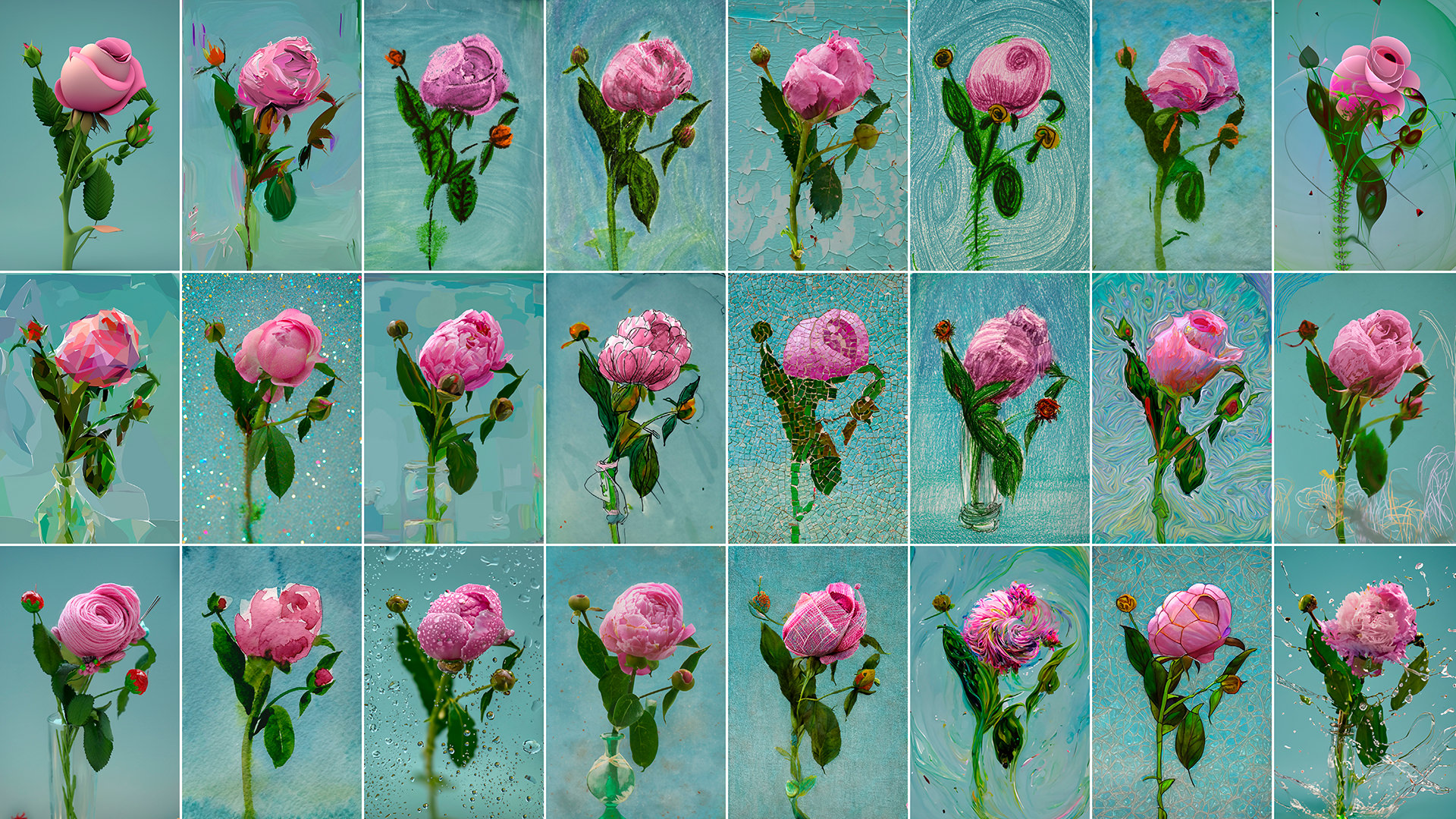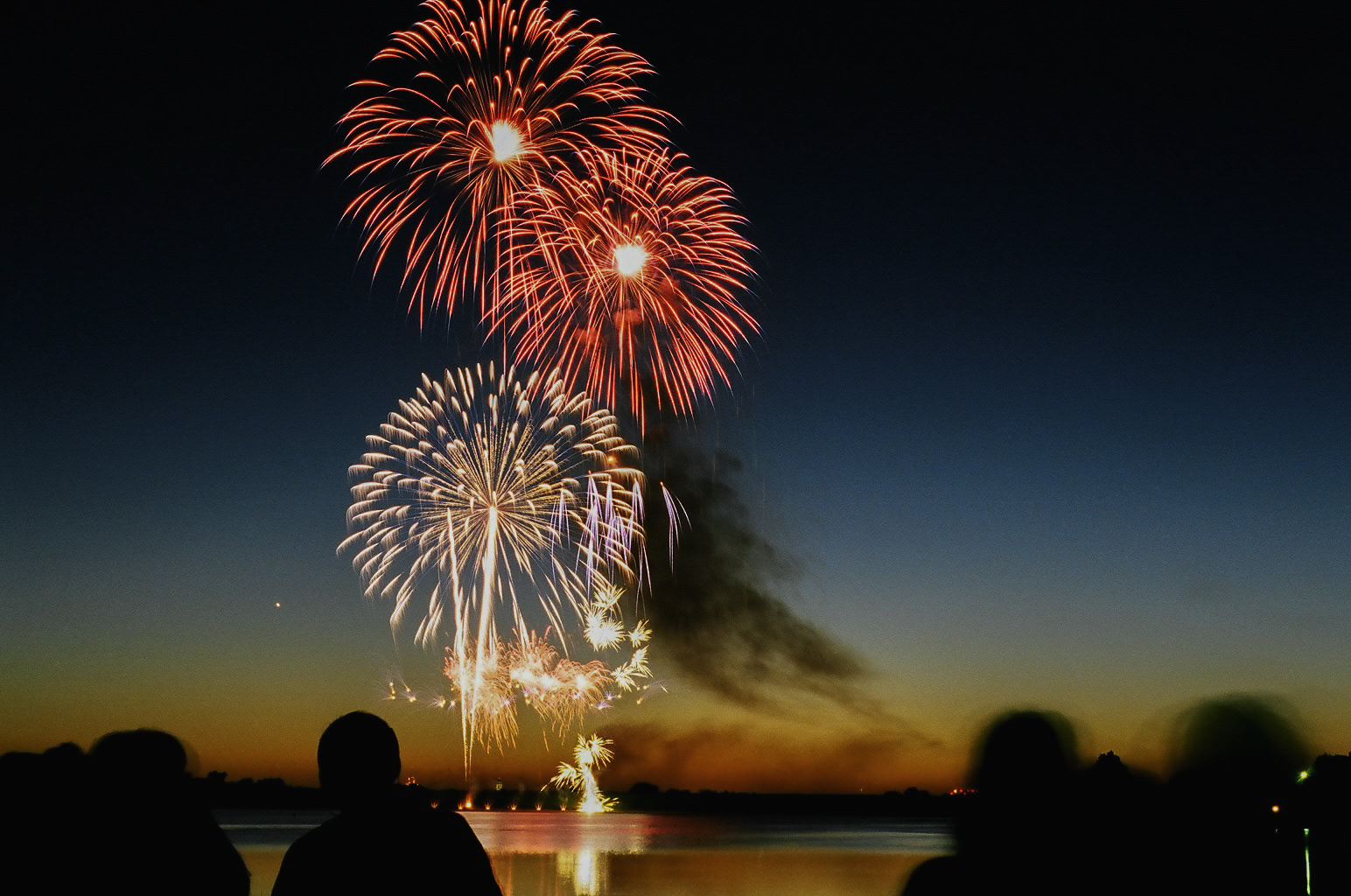I have been wanting to play with an infrared-converted camera for quite some time. So I contacted the folks at LensRentals.com, one of the sponsors over on Photofocus, and was able to test out an IR-converted Canon 5D Mark II (they also have other types of IR-converted cameras available to rent as well). It was sent directly to my doorstep in a few days, ready to go! I have been considering converting one of my cameras to infrared, and in my opinion, renting one is the best way to see if an IR conversion is worth it (or any purchase, for that matter).
Photographing with an IR-converted camera is a little bit different than using a normal DSLR. Here are some of the tips and tricks I learned while using an IR-converted camera:
- Make sure that the quality setting is set to RAW. This is VERY important for IR-converted cameras since you will want to really play with the white balance settings of your images using RAW-editing software. If you keep the settings set on JPEG, then your white balance will be burned into your image and you will not be able to adjust it properly in post-processing.
- Disable automatic sensor cleaning. When you rent camera gear, they typically will reset all of the camera settings after each rental. By default, the sensor cleaning will sometimes get turned on, and it will try to run when you turn the camera on or off. With an IR-converted camera, the sensor cleaning doesn’t work, so you may get an error. This is also something that is usually set to “on” with any camera, including your own, so you’ll want to check this setting right away before using the camera.
- Watch your focus. The infrared spectrum sees light a little differently than we do, and because of that, the focus on your lenses might need to be calibrated. This is particularly true when you are looking through the view-finder on a standard DSLR. However, if you are shooting in Live-View mode, then you won’t have anything to worry about. What you see is what you get, in terms of focusing in Live-View, so your images will be properly focused with an IR-converted camera.
- For best results, set a custom white balance. Using the AWB setting (auto white balance) will result in your images coming out of the camera in an extreme color, such as bright magenta. You can easily set a custom white balance in your camera to make the image look a little closer to the finished product. To do this, fill your frame with green grass and take a photo, and then use that image as your camera’s white-balance reference when creating your custom setting. (Consult your camera manual for instructions on how to set a custom white balance for your particular camera.)
- Infrared is great for punchy black-and-white photographs. If black-and-white is your thing, then you can get spectacular results using an IR-converted camera.
- Different IR filters will give different results. Not all IR conversions are the same, which is something I learned after renting one type and doing some research on the different types of conversions that you can do with your camera. LifePixel.com seems to be a good place for information about converting to infrared, and they even show different examples of the different filters you can use when converting your camera.
- Expect to do a good amount of post-processing. A good straight-out-of-camera infrared image is not really something to expect when photographing with an IR-converted camera. You will need to make basic white balance and tone adjustments, and Photoshop is also a good tool so that you can play around with the colors using the Channel Mixer adjustment. If you would like some tips on post-processing infrared photos, click here to view a recent post where I show the start-to-finish processing of one of my images.
- Blue skies, clouds, and foliage look amazing. If you want the “classic” infrared look, try and find a day with blue skies and white, puffy clouds, along with green foliage. After processing your image, the sky will remain blue, while the green grass and trees will stay light-colored or white.
Want to see how I process my infrared photographs?
Click here for a start-to-finish example!
I have been wanting to play with an infrared-converted camera for quite some time. So I contacted the folks at LensRentals.com, one of the sponsors over on Photofocus, and was able to test out an IR-converted Canon 5D Mark II (they also have other types of IR-converted cameras available to rent as well). It was sent directly to my doorstep in a few days, ready to go! I have been considering converting one of my cameras to infrared, and in my opinion, renting one is the best way to see if an IR conversion is worth it (or any purchase, for that matter).
Photographing with an IR-converted camera is a little bit different than using a normal DSLR. Here are some of the tips and tricks I learned while using an IR-converted camera:
- Make sure that the quality setting is set to RAW. This is VERY important for IR-converted cameras since you will want to really play with the white balance settings of your images using RAW-editing software. If you keep the settings set on JPEG, then your white balance will be burned into your image and you will not be able to adjust it properly in post-processing.
- Disable automatic sensor cleaning. When you rent camera gear, they typically will reset all of the camera settings after each rental. By default, the sensor cleaning will sometimes get turned on, and it will try to run when you turn the camera on or off. With an IR-converted camera, the sensor cleaning doesn’t work, so you may get an error. This is also something that is usually set to “on” with any camera, including your own, so you’ll want to check this setting right away before using the camera.
- Watch your focus. The infrared spectrum sees light a little differently than we do, and because of that, the focus on your lenses might need to be calibrated. This is particularly true when you are looking through the view-finder on a standard DSLR. However, if you are shooting in Live-View mode, then you won’t have anything to worry about. What you see is what you get, in terms of focusing in Live-View, so your images will be properly focused with an IR-converted camera.
- For best results, set a custom white balance. Using the AWB setting (auto white balance) will result in your images coming out of the camera in an extreme color, such as bright magenta. You can easily set a custom white balance in your camera to make the image look a little closer to the finished product. To do this, fill your frame with green grass and take a photo, and then use that image as your camera’s white-balance reference when creating your custom setting. (Consult your camera manual for instructions on how to set a custom white balance for your particular camera.)
- Infrared is great for punchy black-and-white photographs. If black-and-white is your thing, then you can get spectacular results using an IR-converted camera.
- Different IR filters will give different results. Not all IR conversions are the same, which is something I learned after renting one type and doing some research on the different types of conversions that you can do with your camera. LifePixel.com seems to be a good place for information about converting to infrared, and they even show different examples of the different filters you can use when converting your camera.
- Expect to do a good amount of post-processing. A good straight-out-of-camera infrared image is not really something to expect when photographing with an IR-converted camera. You will need to make basic white balance and tone adjustments, and Photoshop is also a good tool so that you can play around with the colors using the Channel Mixer adjustment. If you would like some tips on post-processing infrared photos, click here to view a recent post where I show the start-to-finish processing of one of my images.
- Blue skies, clouds, and foliage look amazing. If you want the “classic” infrared look, try and find a day with blue skies and white, puffy clouds, along with green foliage. After processing your image, the sky will remain blue, while the green grass and trees will stay light-colored or white.
Want to see how I process my infrared photographs?
Click here for a start-to-finish example!

Nicole is a photographer, published author, and educator specializing in Lightroom, Photoshop, and photography. She is best known for her books on food photography but is widely versed in various photographic genres, including landscape, nature, stock, travel, and experimental imagery.

